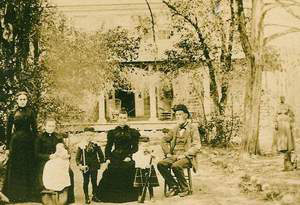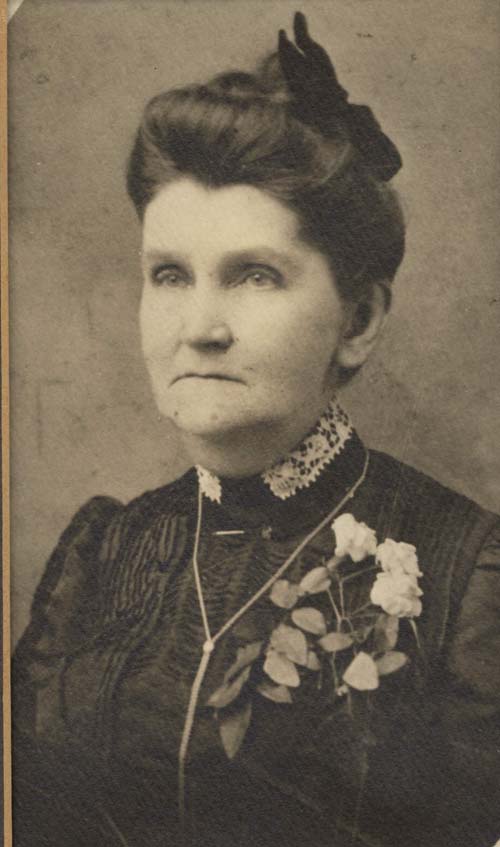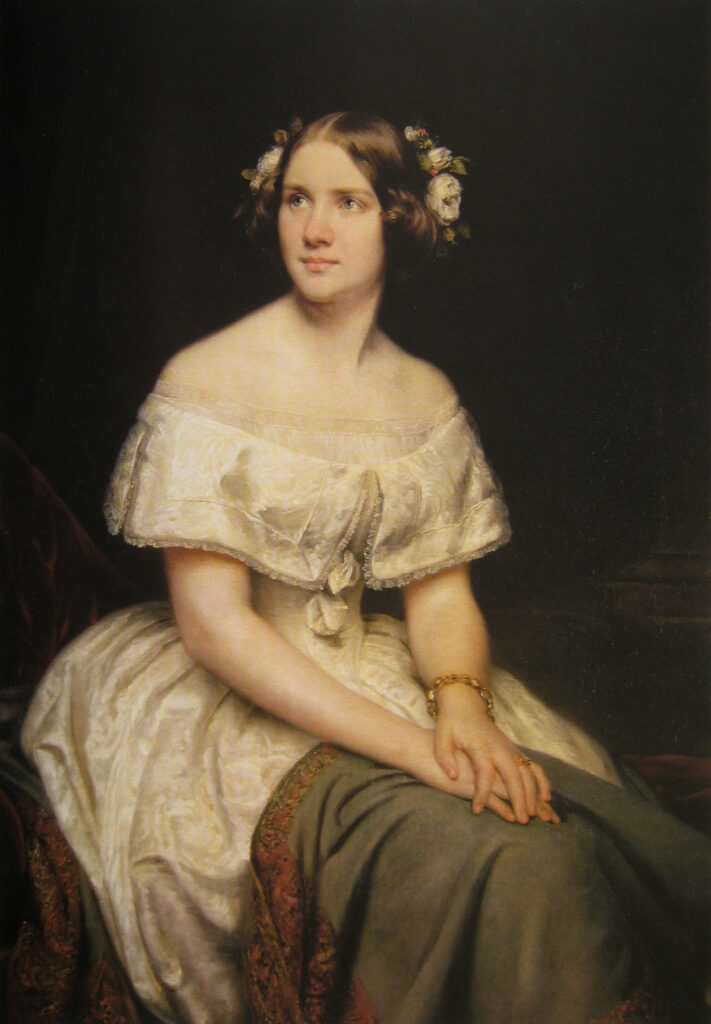Names of Families in Monroe County Genealogy, Wills, Estates, Maps, Marriages
Davis Smith Plantation
Davis Smith Plantation, built ca 1824 in Brent, Georgia. Seated in middle is Jane Smith Clements Brent (named by her mother after ” Jennie” Linn). Testators: Adams, Benjamin; Allison, David; Allright, David; Alston, Charity; Barron, Willis; Beall, James ;Beckham, Thomas; Bird, Clarissa ;Bird, James ;Bivins, Samuel ;Black, William ;Brantley, Benjamin; Brantley, Jeptha; Brantley, Nancy; Brewer, Henry; Cabaniss, Eldridge; Chancely, William; Chapman, Isaiah; Chappell, John ;Clower, Jesse; Clower, John ;Cochran, John ;Cohron, Elizabeth ;Colbert, James ;Colbert, John ;Colbert, William ;Coleman, David; Coleman, Robert ;Collier, Cuthbert ;Congleton, Allen; Cook, Nathaniel ;Cowles, Judith; Crowder, Frederick; Culloden, William ;Curry, Elijah ;Darden, Jethro; Darden, Stephen; Darden, William; Davis, Thomas ;Dillard, Arthur; Douglas, Miller; Dunn, Jone ;Dunn, Obedience; Durham, Matthew; Durham, Singleton; Durham, Thomas ;Durkee, Lewis; Dyess, Thomas; Edge, Obadiah; Edwards, John; Elder, Catharine ;Evans, John ;Fambrough, William ;Finch, Robert ;Fleming, James; Freeman, Edward; Freeman, Mathew; Freeman, Polly ;Gibson, Churchill; Gibson, John; Goggins, Abraham; Greer, John ;Hagood, Benjamin ;Hagood, Benjamin; Hamlin, Richard; Hamlin, Richard (2) ;Hanson, William; Harman, Zachariah; ;Harman, Zachariah (2)Harris, John ;Heath, Benjamin ;Hickman, John ;Hill, Henry ;Hogan, James; Hogan, William; Horn, John; Hudgens, Josiah ;Hunt, Turner Sr. ;Hunter, David; Jenkins, Francis; Johnson, Angus ;Johnson, Gideon ;Johnson, Larkin; Johnston, Archer ;Jones, Zedock; Jordan, Theophilus ;Keadle, Jeremiah ;Kelsey, Noah ;Lockett, Anna; Lockett, Cullen; Low, James; Malone, William; Mann, John Sr. ;McCary, Elizabeth; McGinty, Robert; McMullen, Fielder; Middlebrooks, Robert ;Middleton, John ;Milner, Peter; Mitchell, Margaret; Monk, John ;Moore, Joseph ;Morgan, James B. ;Moody, Jabez; Nelson, William S.; Nun, William; Owen, John; Partridge, William; Penn, Edmund; Phillips, Obadiah; Phillips, William ;Pinckard, James ;Pittman, John ;Ponder, John; Ponder, Margaret ;Pool, William; Pope, Jesse ;Pope, Wiley; Pratt, John (deed) ;Pye, Ann; Roberson, Mary; Rogers, John; Rogers, John (2) ;Rogers, Wiley ;Rutland, Riddick; Slack, John ;Smith, Augustus G. ;Smith, John D.; Smith, Seaton ;Stallings, John; Stallings, Sarah; Standard, John ;Stubblefield, Catharine; Switzer, Bird ;Tatum, Milly ;Taylor, Eden; Turner, Abednego; Turner, Ezekiah; Vandiver, Marcus; Walker, Sylvanus; Wallace, Mary; Wallis, Richard ;Watson, Benjamin; Watson, John Sr. ;Wilder, William ;Williams, William; Wilson, John; Wilson, Larkin ;Womack, Abraham; Wood, Henry ;Woodard, Orren ;Woodward, Keziah

Monroe County Wills (abstracts)
- Monroe County Wills 1824-1847 (abstracts).
- Monroe County Wills 1848-1875 (abstracts).
- Monroe County Wills 1868-1878 (abstracts).
- Monroe County Wills 1876-1927 (abstracts).
Indexes to Monroe County Probate Records
- Index to Monroe County Wills 1824-1847
- Index to Monroe County Wills 1866-1876
- Index to Monroe County Miscellaneous Estates 1861-1869.
- Index to Monroe County Annual Returns, 1823-1858.
Miscellaneous Records
- Bass, Joshua (estate)
- Browning, Elizabeth deed to Marcus Culpepper (Digital Image).
- Chambliss, John, LWT (1879) (Digital Image).
- Chambless, Thomas, Guardian of Charles J. Chambless (Digital Image).
- Chambliss, Zachariah, LWT (1874) (Digital Image).
- Ethridge, E. N., Estate, Z. H. Chambless, the executor (Digital Image).
- Evans, Elizabeth, estate (Digital Image).
- Evans, Thomas, estate (Digital Image).
- Harman, Rebecca, LWT (1830), transcription.
- Head, George W., LWT (1898) and (1956) (digitalImages0
- Head, Peter estate)(digital image)
- Head, W. H. (1887) digital images)
- Joiner, Hiram P. Estate (Digital Image).
- Job Taylor deed to Eli B. Browning (Digital Image).
Maps
- 1821 Monroe County Boundary Map
- 1822 Monroe County Map
- 1865 Monroe County Map
- 1915 Forsyth Map
Marriages
- Monroe County Marriages 1824-1850 (transcription).
- Monroe County Index to Marriages 1824-1845 (from the county)
- Monroe County Marriages from newspapers 1885-1886.
Traced Genealogies:
Monroe County Families
| Ball | Banks | Battle | Bittick |
| Bowdoin | Brent | Browning | Buckner |
| Castlin | Castleberry | Chambliss | Cheney |
| Childs | Cleveland | Cocke | Cole |
| Collier | Cotton | Darden | Dewberry |
| Dumas | Durham | Edge | English |
| Etheridge | Gardner | Goggans | Hanson |
| Harmon | Haygood | Huguley | Lawrence |
| LeSueur | Littleton | Mabry | Maxey |
| McCord | McGinty | McGough | McKinney |
| Millican | Moore | Nelms | Nobles |
| Norris | Oxford | Parker | Pearman |
| Perdue | Ponder | Potts | Proctor |
| Pye | Redding | Sappington | Scott |
| Searcy | Shannon | Shattles | Sikes |
| Smith | Tapley | Taylor | Teakell |
| Zellner |
The Sad Tale of Every Cemetery
Luckily Sherman did not burn down the Smith house in Brent, Georgia. It was built in 1824 when Davis Smith left his home in Washington County to start a new life with his second wife. Sadly, the first wife, Hannah Firthd died in childbirth, but not before giving birth to two sons. The first child died soon after birth and was named after the father of his grandmother, William Franklin. The second child was likewise named, but he did not survive either. This sad tale is seen in so many cemeteries.
Although Smith was considered a planter, owing to his acreage, the house was a typical frame farmhouse with a hall in the center and a narrow staircase upstairs. Davis married second, the widow, Elizabeth Dixon Jordan, a talented lady whose musical talents were passed down to her children. Her daughter, Jane, attended Wesleyan, the first female college in the State. During the war, the married daughters moved into the big house with the aging Davis Smith, his sons never to come home from the war. Although the plantation was not on Sherman’s path to Savannah, however, the families were stripped clean of all domestic fowls and foodstuffs by menacing Yankee patrols. Some surprising persons were found buried in the cemetery across the street from the house. After digging a sunken area, a cement slab was discovered to be the grave of the brother of Davis Smith. This was someone I had been searching for, without much luck in the records.
The husband of Jane had served as a surgeon with the Alabama Confederate troops and never returned home from the war. Another discovery was the grave of Tom Clements, their son. It is said that it rained heavily on the day of his funeral and that the pre-dug grave was filled with water. This history was related to me one hundred years afterward by an old relative who kept up the cemetery and lived nearby.
Jane married again, this time to Confederate soldier, Thomas Young Brent from Kentucky. Ty, as he was called, tried to revive the plantation and built a store to sell surplus crops. But times were not the same after the war. The plantation was sorely in need of laborers which they could not acquire. Reconstruction was a period during which many people lost their homes and fell into poverty. The trend was to search for work in surrounding cities. Jane and her family went to Atlanta and settled in a house in Grant Park. The fate of Ty Brent was the Old Soldier’s Home. Jane died five years later and her body was taken to Brent and buried in the family cemetery.
There are stories to be told about such things. They await to be told to us by neighbors and others who visit cemeteries.


Swedish Soprano Inspires Voice and Piano Lessons to Smith Family of Monroe County
When the Swedish opera singer, Jenny Lind was brought to America by P. T. Barnum in 1850, she presented 93 large-scale concerts on tour, earning more than $350,000, most of which was donated to charities. She was affectionately known as the ” Swedish Nightingale,” Lind became famous after her performance in Der Freischutz in Sweden in 1838. However, thereafter suffered vocal damage, but the singing teacher Manuel Garcia saved her voice. She was in great demand in opera roles throughout Sweden and northern Europe during the 1840s and was closely associated with Felix Mendelssohn. Lind was in Charleston, South Carolina when Colonel Davis Smith of Monroe County took his wife, Elizabeth, to hear the soprano. Colonel Smith came to Monroe County from Laurens County and built his plantation in Brent, Georgia in 1824. Elizabeth was a talented pianist, and during the couple’s visit to Charleston, purchased a piano and brought it back to Brent. For the longest while, this instrument was known as the first piano in Monroe County! Elizabeth’s daughter, Jennie Smith, was sent to study music at Wesleyan Female College in Macon, the first college of its sort in Georgia for women. More information on Wesleyan Female College
Davis Smith Plantation
Note: Multiple Smith families were traced by Jeannette Holland Austin and are available on Georgia Pioneers.
